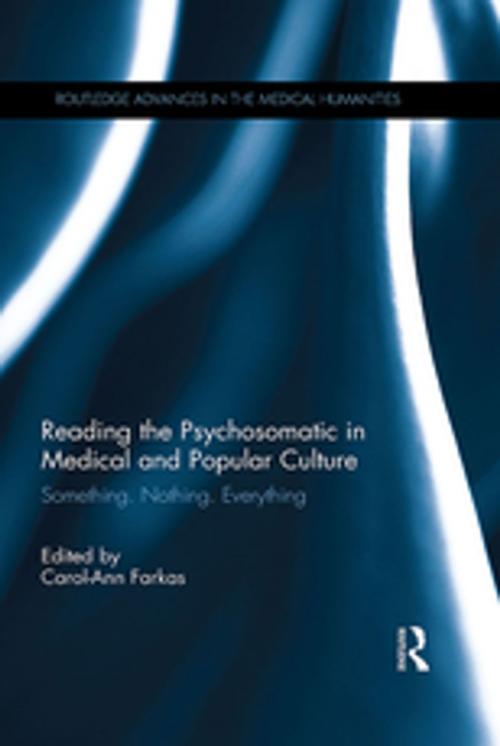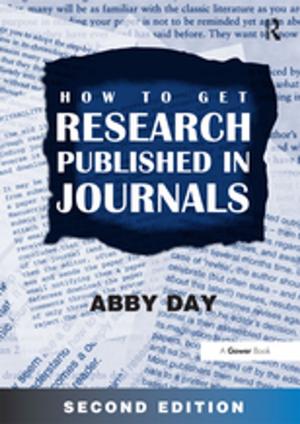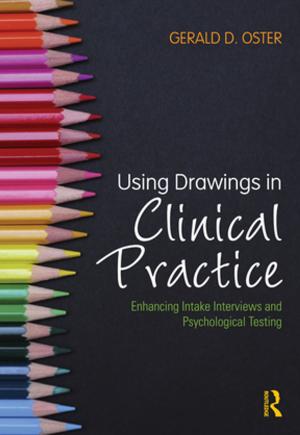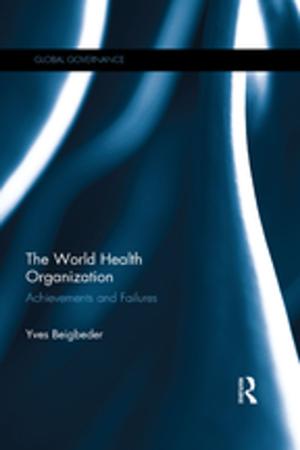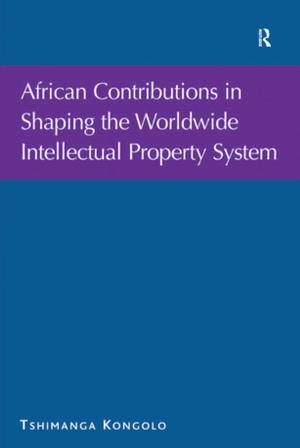Reading the Psychosomatic in Medical and Popular Culture
Something. Nothing. Everything
Nonfiction, Health & Well Being, Medical, Social & Cultural Studies, Social Science| Author: | ISBN: | 9781315515670 | |
| Publisher: | Taylor and Francis | Publication: | September 1, 2017 |
| Imprint: | Routledge | Language: | English |
| Author: | |
| ISBN: | 9781315515670 |
| Publisher: | Taylor and Francis |
| Publication: | September 1, 2017 |
| Imprint: | Routledge |
| Language: | English |
Pain. Chronic digestive symptoms. Poor sleep. Neuropathy. Sensory disturbances. Fatigue. Panic. Constant illness and discomfort. Frequent difficulty coping with work, school, relationships.
Despite the common experience of being told that it’s all in their heads, that they’re just making themselves sick, individuals with these symptoms are experiencing a very real, sometimes debilitating, illness phenomenon. But what is it? Physical or mental illness? Political or social identity? Cultural, narrative, or discursive construction? When something goes awry at the intersection of mind and body – the psychosomatic – what is happening?
Widely recognized, yet difficult to classify, diagnose, treat, and explain, psychosomatic disorders are heavily stigmatized, and the associated syndromes have become the site of controversy and antipathy in the provider–patient relationship. In popular culture, terms such as medically unexplained symptoms, hysteria, neurasthenia, hypochondria, functional illness, and malingering are misunderstood, unknown, or rejected outright. Meanwhile, perspectives from cultural and textual studies focus on the psychosomatic as a metaphor in art, literature, and popular media, where disruptions of the body and mind are regularly made to stand in for individual alienation and cultural malaise. Bringing together multiple perspectives, this challenging volume tackles causes, and innovative, humanistic solutions, to conflicts in the provider–patient relationship; uses the psychosomatic as a lens for theorizing the self in culture; and examines the metaphorical potential of the psychosomatic in fictional narrative.
Providing a unique assemblage of interdisciplinary, international approaches to understanding the problem of the psychosomatic in both expert and lay discourses, this pioneering edited collection is aimed at students and researchers of health, popular culture, and the health care humanities.
Pain. Chronic digestive symptoms. Poor sleep. Neuropathy. Sensory disturbances. Fatigue. Panic. Constant illness and discomfort. Frequent difficulty coping with work, school, relationships.
Despite the common experience of being told that it’s all in their heads, that they’re just making themselves sick, individuals with these symptoms are experiencing a very real, sometimes debilitating, illness phenomenon. But what is it? Physical or mental illness? Political or social identity? Cultural, narrative, or discursive construction? When something goes awry at the intersection of mind and body – the psychosomatic – what is happening?
Widely recognized, yet difficult to classify, diagnose, treat, and explain, psychosomatic disorders are heavily stigmatized, and the associated syndromes have become the site of controversy and antipathy in the provider–patient relationship. In popular culture, terms such as medically unexplained symptoms, hysteria, neurasthenia, hypochondria, functional illness, and malingering are misunderstood, unknown, or rejected outright. Meanwhile, perspectives from cultural and textual studies focus on the psychosomatic as a metaphor in art, literature, and popular media, where disruptions of the body and mind are regularly made to stand in for individual alienation and cultural malaise. Bringing together multiple perspectives, this challenging volume tackles causes, and innovative, humanistic solutions, to conflicts in the provider–patient relationship; uses the psychosomatic as a lens for theorizing the self in culture; and examines the metaphorical potential of the psychosomatic in fictional narrative.
Providing a unique assemblage of interdisciplinary, international approaches to understanding the problem of the psychosomatic in both expert and lay discourses, this pioneering edited collection is aimed at students and researchers of health, popular culture, and the health care humanities.
